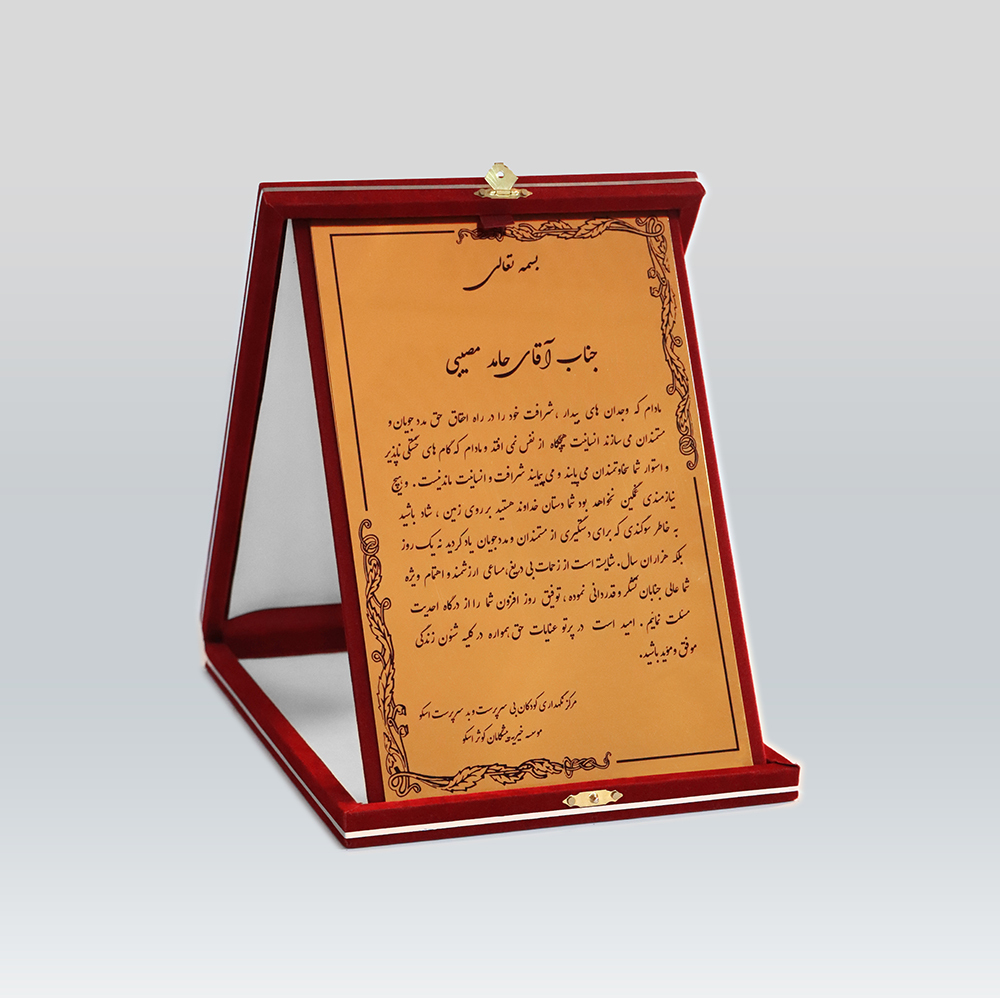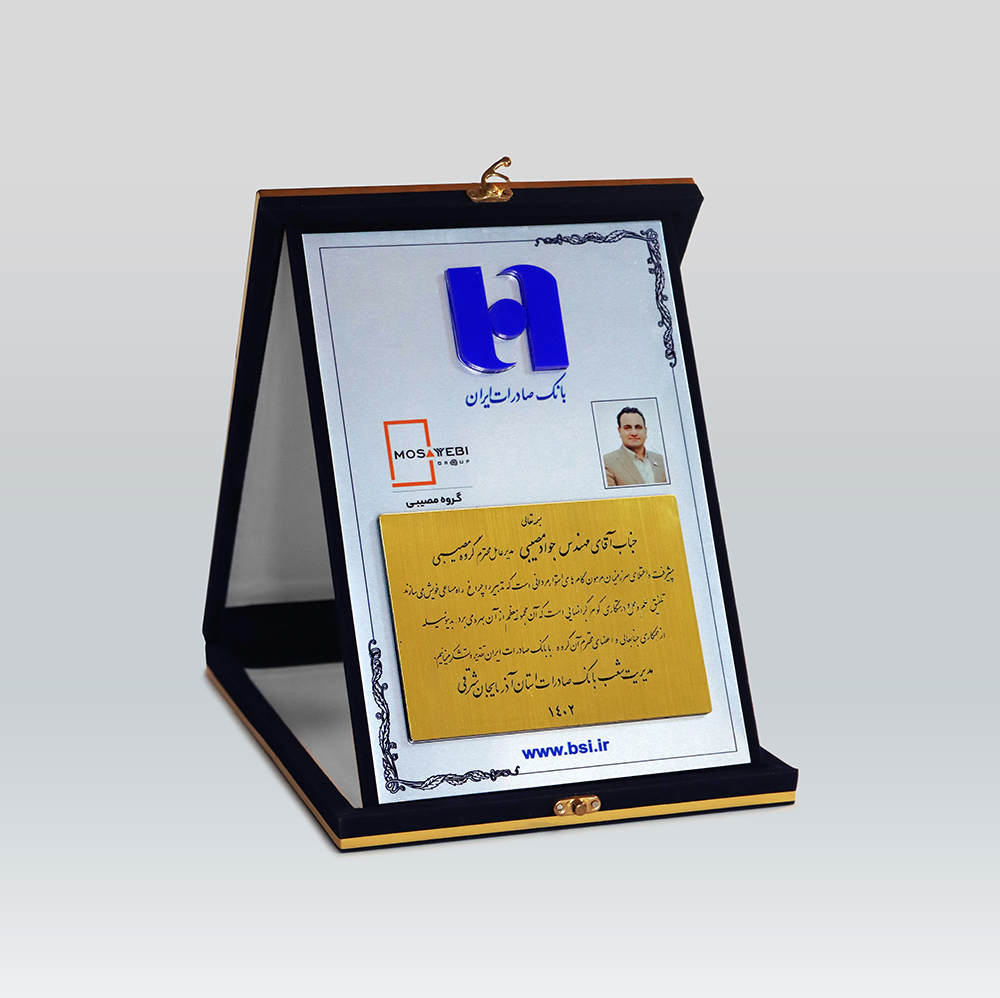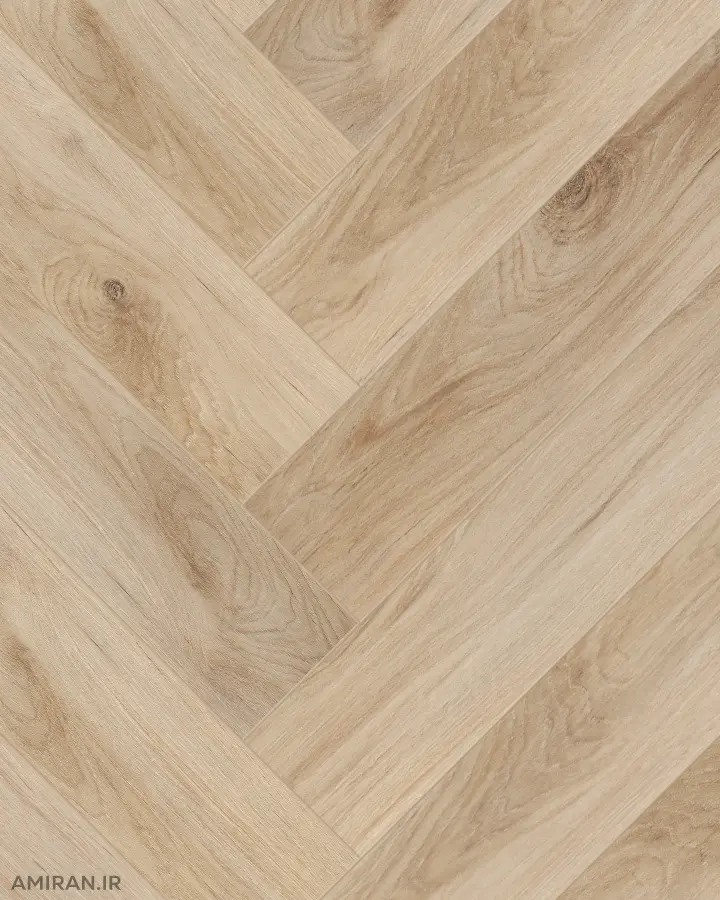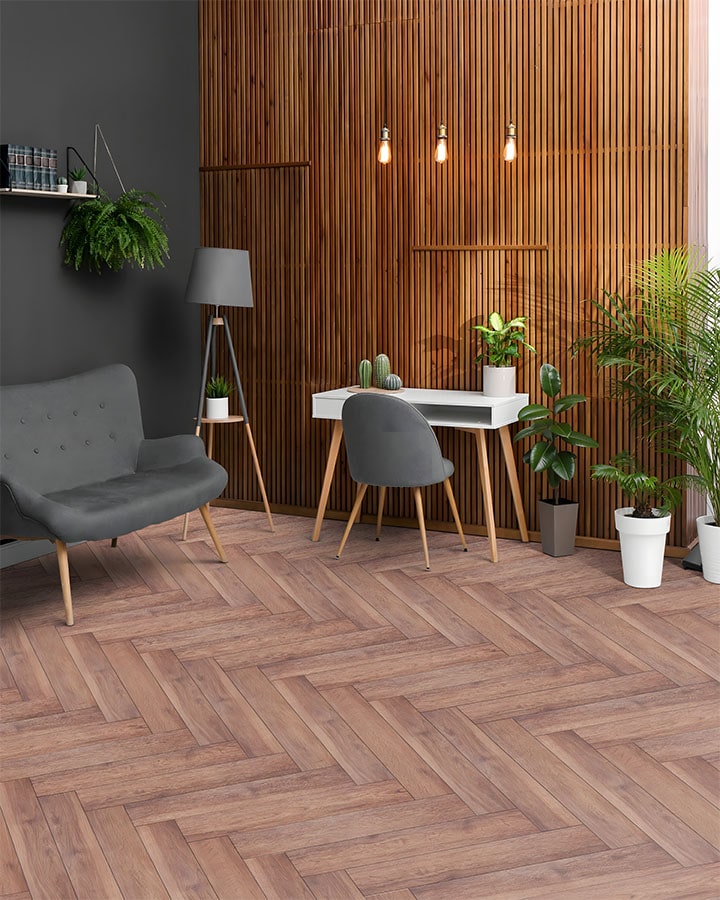HDF, or High Density Fiberboard, is a type of engineered wood product made from wood fibers and resin. It is known for its high density and durability, making it a versatile material for various applications in different industries.
HDF Production Process
- Wood Fiber Preparation: Wood chips are broken down into smaller pieces and then refined into fibers.
- Fiber-Resin Blending: Wood fibers are mixed with resin and other additives to form a uniform mixture.
- Pressing Process: The HDF mixture is subjected to high pressure and heat under a press, resulting in dense, compact boards.
- Sanding and Finishing: Once pressed, the HDF surface is sanded smooth for a uniform appearance. It can then be coated with various finishes like melamine, paper, or wood veneer.
Properties of HDF
- High Density: HDF's high density makes it exceptionally strong and durable, capable of withstanding significant weight.
- Dimensional Stability: HDF exhibits good dimensional stability against temperature and humidity fluctuations, making it suitable for use in moist environments like kitchens and bathrooms.
- Smooth Surface: HDF features a smooth and even surface, ideal for painting, veneering, and sanding.
- Workability: HDF can be easily cut and shaped, allowing for the creation of various forms and designs.
- Cost-Effectiveness: Compared to natural wood, HDF offers a more economical option for furniture and décor items.
Applications of HDF
- Furniture Manufacturing: HDF is a prevalent material for crafting various furniture pieces, including cabinets, wardrobes, tables, beds, and more.
- Door Construction: HDF is widely used in the production of interior and exterior doors, including security doors.
- Flooring: HDF serves as a common component of laminate flooring, valued for its aesthetics, durability, and affordability.
- Wall Partitioning: HDF can be employed for interior wall partitions and room dividers.
- Drop Ceilings: HDF is also utilized in the construction of drop ceilings.
- Packaging: HDF finds application in manufacturing various boxes and packaging materials.
Advantages of HDF over MDF
- Higher Density: HDF boasts a higher density than MDF, translating into superior strength and longevity.
- Enhanced Moisture Resistance: HDF's high density also contributes to its greater resistance to moisture compared to MDF, making it more suitable for damp environments.
- Smoother Edges: HDF exhibits smoother and more uniform edges than MDF, requiring less preparation for painting and veneering.
Drawbacks of HDF over MDF
- Higher Cost: Due to its more complex production process, HDF generally carries a higher price tag than MDF.
- Heavier Weight: HDF's high density also results in a heavier weight compared to MDF.
Considerations When Buying HDF
- Choose the Right Thickness: HDF thickness varies depending on its application. Generally, the following thicknesses are recommended:
- Cabinet and Wardrobe Making: 16-18 mm
- Flooring: 8-12 mm
- Wall Partitioning: 12-16 mm
- Drop Ceilings: 8-10 mm
- Packaging: 6-8 mm
- Select Suitable Finishing: HDF comes with various finishes like melamine, paper, or wood veneer. The choice depends on your preference and requirements.
- Melamine Veneer: This type consists of melamine resin and resin-impregnated paper, offering diverse designs and colors. Melamine veneer is scratch-resistant, durable, and easy to clean.
- Paper Veneer: This option is made from patterned paper impregnated with resin and is more budget-friendly than melamine veneer.
- Wood Veneer: This veneer is crafted from real wood, providing a natural and elegant look. However, it comes with a higher price tag.
- Prioritize Quality: Opt for high-quality HDF that features a smooth, consistent surface free of cracks, irregularities, or defects. The edges should also be straight and free of splinters.
- Purchase from Reputable Brands: Numerous reputable brands specialize in HDF production. Choose products from well-known and trusted brands to ensure quality and consistency.
- Consider Warranty: Some HDF brands offer warranties for their products. A warranty provides peace of mind in case of any issues with the material and allows you to avail of after-sales services.
- Compare Prices: Before making a purchase, compare prices from different vendors to find the best deal.
- Seek Expert Guidance: If you need assistance in selecting the right HDF for your project, consult with sales representatives at specialized stores.
- Proper Storage: Store HDF in a cool, dry location to prevent damage.
Conclusion
Ultimately, the choice between HDF and MDF hinges on your specific needs and budget. If you prioritize strength, durability, and moisture resistance












